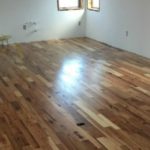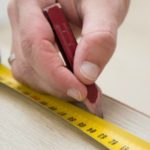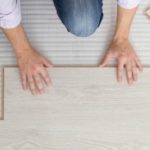Originally posted 17th July 2019
Last updated 5th May 2023
Engineered vs Laminate vs Solid Wood
If you’re looking to obtain the look of real wood in your home but can’t...
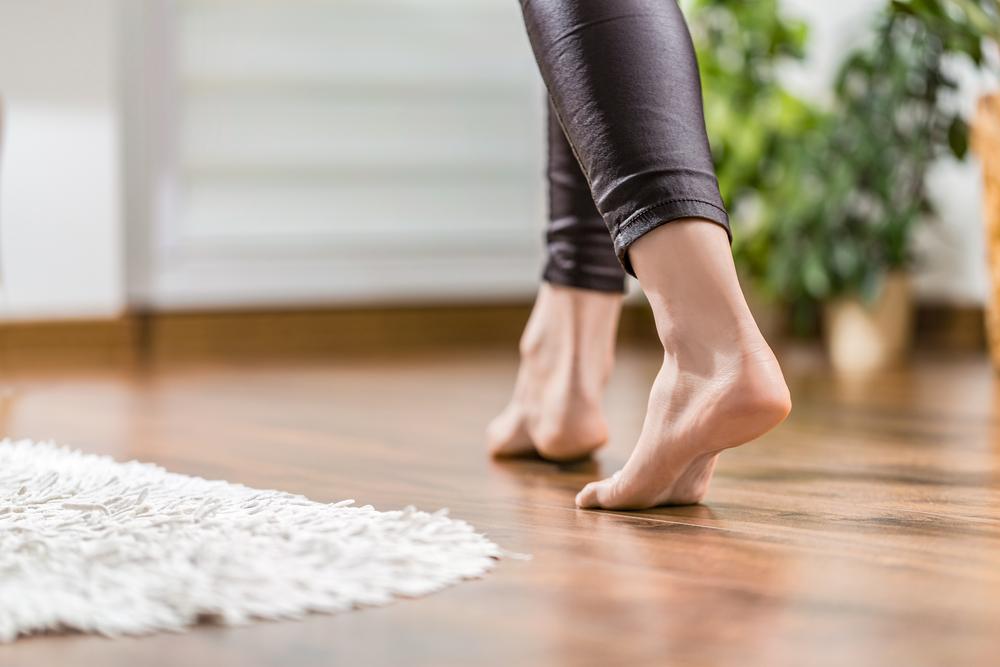
If you’re looking to obtain the look of real wood in your home but can’t decide between a laminate, engineered or solid wood flooring, then we’re here to help. Read on and make an informed decision on which option is the most suitable for you and your home. But first, let's learn about the differences between these types of flooring;
What's The Difference Between Engineered Wood and Laminate?
When deciding between laminate or engineered wood, there are subtle differences to consider. Engineered floors are made from different types of trees and placed together to form a perfect structure for flooring. Laminate flooring works similarly to engineered, as it is made up of different layers but starts with a HDF high density fibre core, with the rest being printed layers. Both provide a tongue-and-groove system for easy fitting.
What's The Difference Between Solid Wood and Engineered Wood?
Visually engineered wood flooring looks identical to solid wood flooring, once it has been installed, as what you see on the surface is the same. However, the layers underneath are constructed from other types of real wood to save costs. Therefore, solid wood flooring is more expensive than engineered wood.
What is the cheapest flooring?
If you’re working with a tighter budget, then laminate flooring is your best option. There are now plenty of laminate floors which look realistic and are made to a high quality. Don’t compromise on quality just because you're paying a lower price. Expect walnut laminate, oak and beech, and plenty of other sophisticated styles.
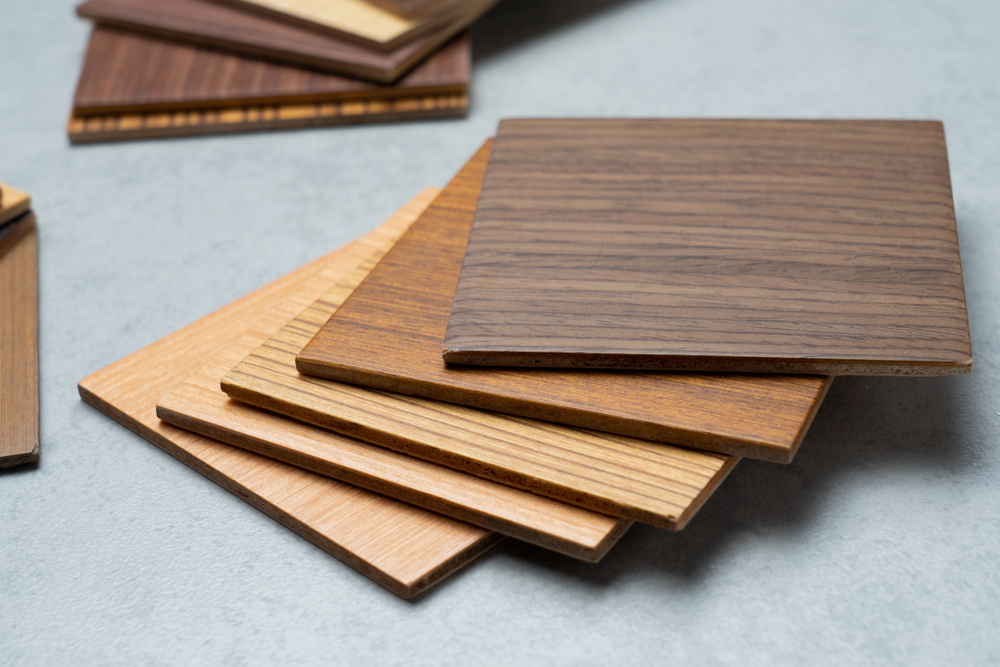
Check out our guides to laminate flooring for more information.
How Much Are Engineered Wood Floors?
Engineered wood is the middle ground of floors. Expect to pay a little more than laminate but not so much as solid wood. If you want a truly sophisticated style without a large price tag, engineered is the perfect solution. As well as price, it’s also the middle ground for maintenance and durability.

Check out solid wood floor guides for more information.
Are Solid Wood Floors Expensive?
Installing solid wood can be expensive, especially if your home has plenty of space. However, you really do get what you pay for. Being happy with paying a little more will mean you reap the benefits of your beautiful flooring for years to come, as a more expensive engineered wood will have a thicker veneer, meaning it can withstand sanding for repair work.
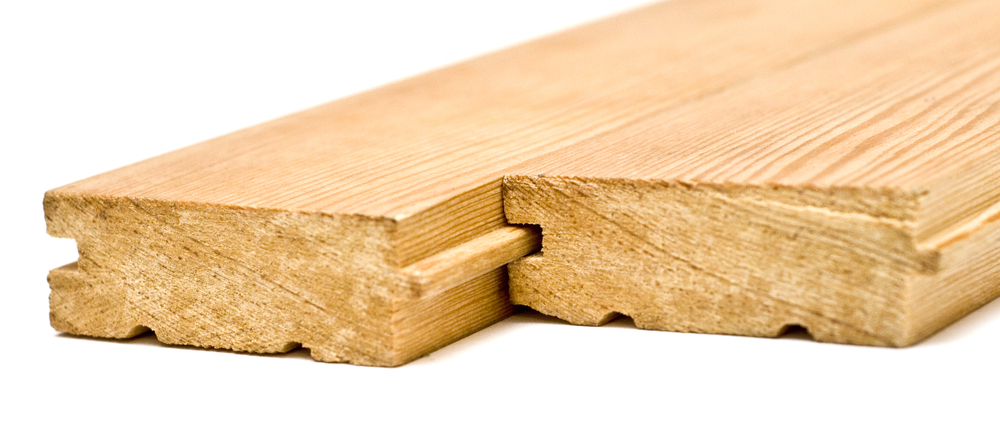
Check out solid wood floor guides for more information.
What are the best quality floors?
The quality of both engineered and solid wood flooring is incredibly high. Both create a beautiful impression in any room. As they contain real wood, they are of exceptional quality. Between the two, solid wood has a higher quality, as it is made completely of solid planks.
Engineered is made of solid wood with a composite layer. This helps it retain its quality when placed in adverse environments such as wet, hot, or cold rooms.
What is the most durable type of flooring?
Laminate is the most durable of all wood floors. It comes with a pre-applied varnish which helps keep the boards in good condition. On the other hand, solid wood is the least durable. It will contract or expand depending on the conditions of the rooms it is placed in. In wet conditions the wood will expand and warp, and in cold situations it will contract. Engineered wood is more durable than solid wood, but not as much as laminate.
All flooring options are susceptible to signs of wear and tear over the years, such as fine scratches or dents left from heeled shoes or heavy furniture. To prevent this, regularly brushing and cleaning with a damp mop will prevent fine dust scratches, whilst taking special care when moving furniture will help prevent damage.
What are the easiest floors to repair?
With both solid and engineered wood floors, you have the ability to fix marks that have occurred over the years. Simply sand and refinish. Laminate, on the other hand, is difficult to repair. You’ll most often need to repair a full board, rather than just the damaged spot. But for solid and engineered, you can re-sand multiple times. The amount of times depends on the thickness of the veneer. As solid wood is the thickest of all, it can be repaired most easily. You will generally only be able to re-sand engineered wood up to 5 or 6 times.
Deciding on what floor you want to install in your home can be a difficult decision to make. After all, you'll be seeing and using it every day, and flooring is not something that is easily replaced if you decide you didn't get it right the first time. To help make sure you get the perfect flooring option for your home we've looked at the pros and cons of engineered, laminate and solid wood to give your home that perfect real wood look.
Why Choose Engineered Wood?
One of the most popular types of floors, engineered blends the style and sophistication of solid flooring with the durability and price of laminate. Of course, you lose out a little each way, but as a blend between cost and style, you can’t do much better.
Pros of Engineered Wood
- Can be used in bathrooms and kitchens as it's much more resistant to wet conditions than solid wood
- Durable and can be sanded and refinished up to two times, depending on the thickness of the veneer
- Easier to repair than laminate
- Provides a realistic finish
- Can be used over underfloor heating
Cons of Engineered Wood
- More expensive than laminate flooring
- Easier to damage than laminate flooring
- Susceptible to excessive water damage
- Can be cold and loud to walk on, as most wood floors can be
Why Choose Laminate?

Durable and particularly budget-friendly, laminate wood is the perfect solution for those who want a wood look without a large price tag. Laminate consists of a core of HDF, just like engineered wood, but instead of a veneer of real wood, it has a photographic layer. This is designed to mimic an extensive variety of species of wood. This means that for a very small fee you can achieve a finish similar to real wood, without having to worry about maintenance.
Extremely easy to fit with either a click or tongue and groove system these floorboards can be fitted in your home quickly to produce an instant and dramatic change to the appearance of the room.
Pros of Laminate Flooring
- Easy to install, re-install and remove
- The most durable of all three flooring options
- Easy to clean
- Can handle excessive wear and tear
Cons of Laminate Flooring
- Difficult to repair as boards have to be completely replaced when damaged
- Can be loud to walk on
- Can be cold
- The photographic layer doesn't always provide a realistic finish.
Find out more in our 'What is Laminate Flooring' guide.
Why Choose Solid Wood?
Solid wood flooring is the only option of these three flooring types that consists completely of solid wood, with no other products used in its makeup. The only limit to the variety that this flooring option has is the number of tree species there are. Most trees can be made into solid wood, so whether you fancy mahogany, birch or yew, we're bound to have the flooring option for you.
Modern solid wood planks are engineered with a tongue and groove system, making them easy to install. Their beautiful quality creates a stunning impression in any room you choose to install them in.
Pros of Solid Wood Flooring
- Easy to sand and refinish if damage occurs
- Beautiful to look at
- Provides an attractive finish that most other flooring options can't match
Cons of Solid Wood Flooring
- Susceptible to wear and tear and easy to mark
- The most expensive of all three flooring options
- Prone to expansion and contraction in adverse conditions
- Requires a lot of maintenance to keep in good condition
Engineered, laminate and solid wood are all excellent choices for your home and have their own individual benefits and drawbacks. If you require more info to make your decision, please call one of our flooring experts on 0330 100 00 15 who will be happy to help.
Our Flooring Calculator
When you browse any type of flooring at Factory Direct Flooring Ltd, each product features a flooring calculator on the page. Simply enter the surface area in either metres or feet squared and our My Project flooring calculator will tell you how many packs you’ll need and how much it will cost you.
By simply measuring your room and entering your dimensions, we will provide you with an instant price which will show on every type of flooring you browse across our website, whether wood or laminate flooring. You can either input the total coverage or your width and length measurements, in meters or feet. You can even save your measurements room by room to make your shopping experience stress-free.
It also offers to add an extra 10% for wastage. While this may cost a little bit more, we highly recommend adding it just in case there are mishaps during the installation process. Enjoy the My Project flooring calculator below:
Still unsure on whether wood or laminate flooring will be the best for you? Check out our flooring advice centre or speak with one of our flooring experts on 0330 100 00 15.

